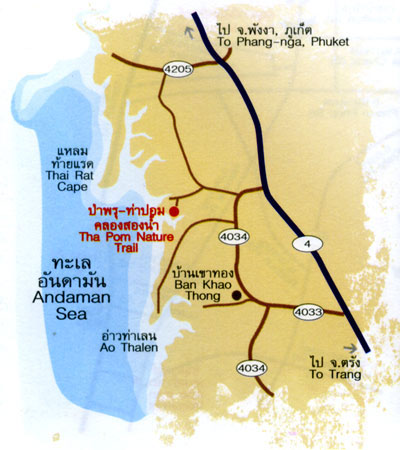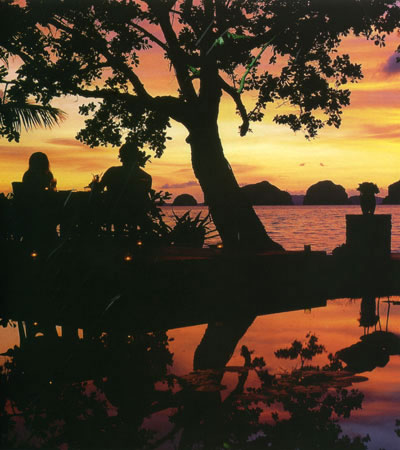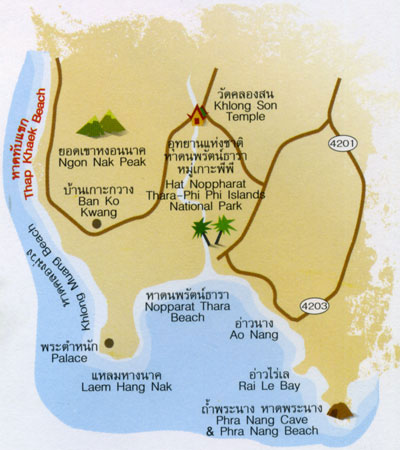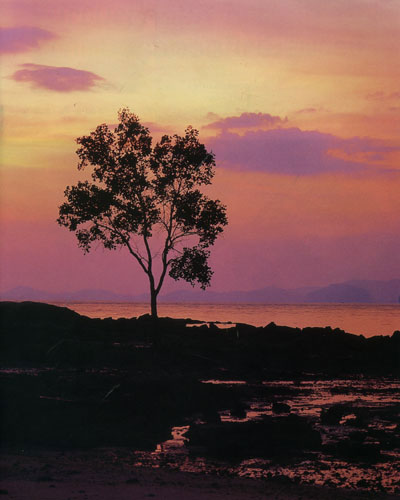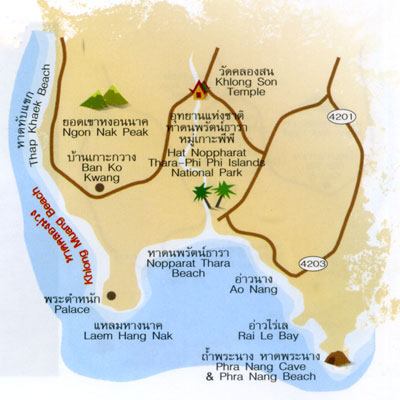
Swaying over the treetops
CHIANG MAI PROVINCE. Nepaisant pavadinimo, lankytojai ne visai brachiate iš medžio į medį, kaip realių Gibbons. Tačiau, sklandymo žemyn 2-km ilgio zip linijos kabo apie 30-M per atogrąžų miškų kupolo turi pateikti jausmas panašus, kuriomis naudojasi svyruojančios primato.
The trip begins with a 50-minute ride from Chiang Mai, with the last
leg up the serpentine road of the Mae Kampong hills. There is a
choice between going early in the morning, at noon, or during the
late afternoon. The whole excursion takes about three hours. The
temperature suddenly drops on entering the densely vegetated
area, and the fun begins there.
After gearing up with straps and helmet, visitors are taken to the first
of 15 stations–wooden platforms built on the tree top, and briefed on
safety procedures. A sample first flight follows, on a short zip line,
to acquaint customers with the equipment and motion. Of course, an
adrenaline surge is the main aim of zip-lining, but equally wonderful is
the sight of the diverse shades of green and mountain-lined horizon
seen while waiting to whizz from station to station. The deeper one
goes inside the forest, the more impressive the size and formation
of the trees. The flight concludes with a drop from a gigantic tree, in
which one can choose to fall head or feet first.
Fun with Benefits
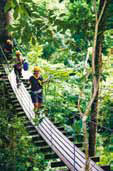 What is greatly appreciated about this adventure is how the company is conscious about community and environmental issues. Before signing the disclaimer form, the staff make sure that visitors go through the recommendations for good environmental practices. In the area around the office, signs give information about the vital roles of the tropical rainforest ecosystem. The company also claims that 10% of its profits go to conservation projects.
What is greatly appreciated about this adventure is how the company is conscious about community and environmental issues. Before signing the disclaimer form, the staff make sure that visitors go through the recommendations for good environmental practices. In the area around the office, signs give information about the vital roles of the tropical rainforest ecosystem. The company also claims that 10% of its profits go to conservation projects.
Before being driven back to the city, visitors are served lunch, with a stroll at the Mae Kampong Waterfall as dessert. The Waterfall is medium-sized with seven tiers, and it takes about 15 minutes to climb to the top. At the entrance to the waterfall, a number of trees with saffron-coloured strips of cloth tied around the trunks may be seen. These trees are ‘ordained’ and become sacred, so that no poacher would have the heart or dare to cut them down – a perfect example of utilizing folk wisdom as a conservation strategy.







